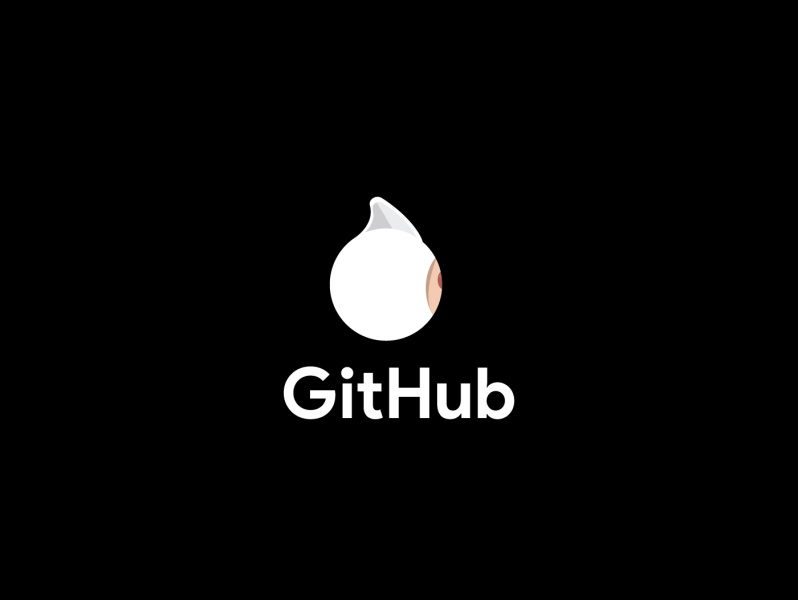Heads up!
This library is in maintenance mode. Please use the official embed library going forward.
https://pkg.go.dev/embed
Resources 


Unfancy resources embedding with Go.
- No blings.
- No runtime dependency.
- Idiomatic Library First design.
Dude, Why?
Yes, there is quite a lot of projects that handles resource embedding but they come with more bling than you ever need and you often end up with having dependencies for your end project. Not this time.
Installing
Just go get it!
$ go get github.com/omeid/go-resources/cmd/resources
Usage
$ resources -h
Usage resources:
-declare
whether to declare the -var (default false)
-fmt
run output through gofmt, this is slow for huge files (default false)
-output filename
filename to write the output to
-package name
name of the package to generate (default "main")
-tag tag
tag to use for the generated package (default no tag)
-trim prefix
path prefix to remove from the resulting file path in the virtual filesystem
-var name
name of the variable to assign the virtual filesystem to (default "FS")
-width number
number of content bytes per line in generetated file (default 12)
Optimization
Generating resources result in a very high number of lines of code, 1MB of resources result about 5MB of code at over 87,000 lines of code. This is caused by the chosen representation of the file contents within the generated file.
Instead of a (binary) string, resources transforms each file into an
actual byte slice. For example, a file with content Hello, world! will
be represented as follows:
FS = &FileSystem{
"/hello.txt": File{
data: []byte{
0x48, 0x65, 0x6c, 0x6c, 0x6f, 0x2c, 0x20, 0x57, 0x6f, 0x72, 0x6c, 0x64,
0x21,
},
fi: FileInfo{
name: "hello.txt",
size: 13,
modTime: time.Unix(0, 1504640959536230658),
isDir: false,
},
},
}
While this seems wasteful, the compiled binary is not really affected. If you add 1MB of resources, your binary will increase 1MB as well.
However, compiling this many lines of code takes time and slows down the compiler. To avoid recompiling the resources every time and leverage the compiler cache, generate your resources into a standalone package and then import it, this will allow for faster iteration as you don't have to wait for the resources to be compiled with every change.
mkdir -p assets
resources -declare -var=FS -package=assets -output=assets/assets.go your/files/here
package main
import "importpath/to/assets"
func main() {
data, err := assets.FS.Open("your/files/here")
// ...
}
"Live" development of resources
For fast iteration and improvement of your resources, you can work around the compile with the following technique:
First, create a normal main.go:
package main
import "net/http"
var Assets http.FileSystem
func main() {
if Assets == nil {
panic("No Assets. Have you generated the resources?")
}
// use Assets here
}
Then, add a second file in the same package (main here), with the
following content:
// +build !embed
package main
import (
"net/http"
"github.com/omeid/go-resources/live"
)
var Assets = live.Dir("./public")
Now when you build or run your project, you will have files directly
served from ./public directory.
To create a production build, i.e. one with the embedded files, build
the resouces with -tag=embed and add the embed tag to go build:
$ resources -output=public_resources.go -var=Assets -tag=embed public/*
$ go build -tags=embed
Now your resources should be embedded with your program!
Of course, you may use any var or tag name you please.
Go Generate
There is a few reasons to avoid resource embedding in go generate.
First go generate is for generating Go source code from your code,
generally the resources you want to embed aren't effected by the Go
source directly and as such generating resources are slightly out of the
scope of go generate.
Second, you're unnecessarily slowing down code iterations by blocking
go generate for resource generation.
Resources, The Library 
The resource generator is written as a library and isn't bound to filesystem by the way of accepting files in the form
type File interface {
io.Reader
Stat() (os.FileInfo, error)
}
along with a helper method that adds files from filesystem.
This allows to integrate resources with ease in your workflow when the
when the provided command doesn't fit well, for an example see the Gonzo
binding
resources.
Please refer to the GoDoc for complete documentation.
Strings
The generated FileSystem also implements an String(string) (string, bool) method that allows you to read the content of a file as string, to use that
instead of defining your file Assets variable as simply an http.FileSystem, do the following:
type Resources interface {
http.FileSystem
String(string) (string, bool)
}
var Assets Resources
Now you can call Assets.String(someFile) and get the content as string with a boolean value indicating whatever the file was found or not.
Contributing
Please consider opening an issue first, or just send a pull request. :)
Credits
See Contributors.
LICENSE
MIT.


Programming Tips & Tricks
Code smarter, not harder—insider tips and tricks for developers.
#1
#2
#3
#4
#5
#6
#7
#8
#9
#10
Error Solutions
Turn frustration into progress—fix errors faster than ever.
#1
#2
#3
#4
#5
#6
#7
#8
#9
#10
Shortcuts
The art of speed—shortcuts to supercharge your workflow.
#1
#2
#3
#4
#5
#6
#7
#8
#9
#10
Made with ❤️
to provide resources in various ares.















